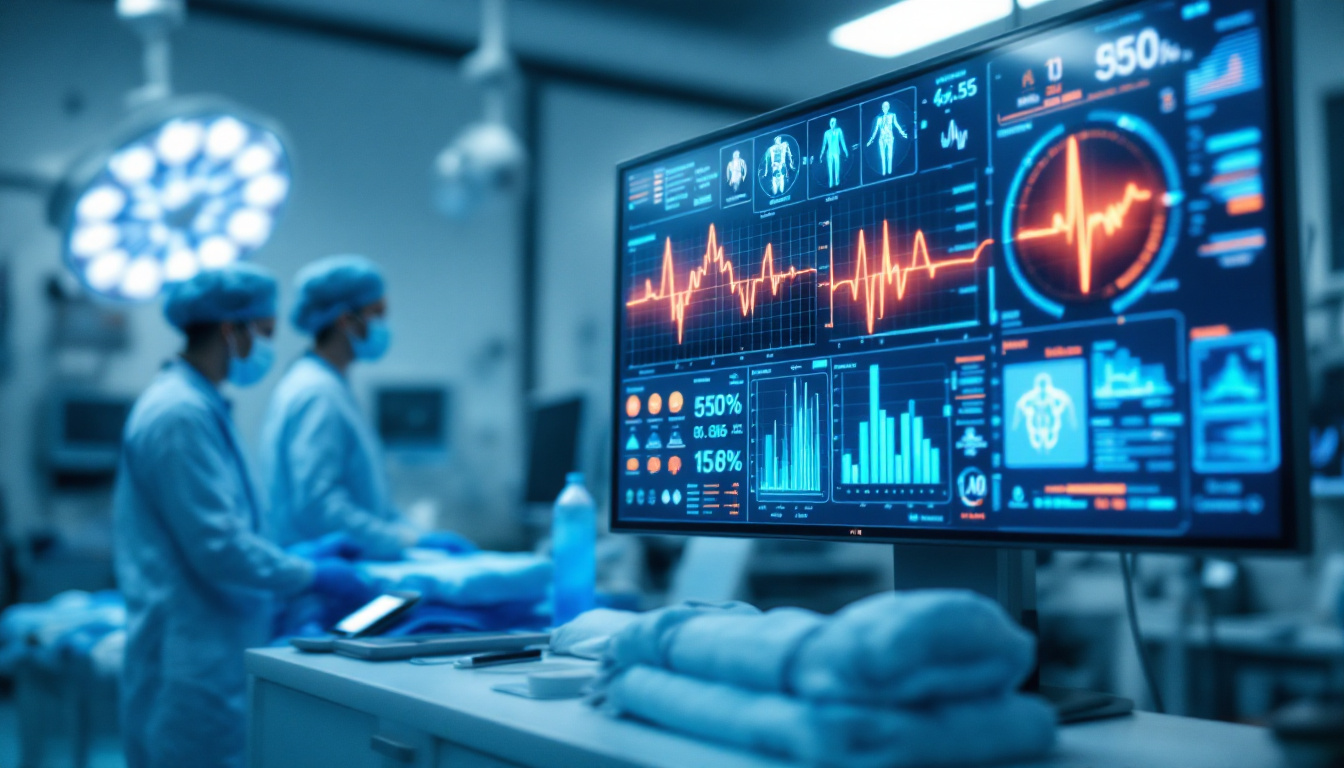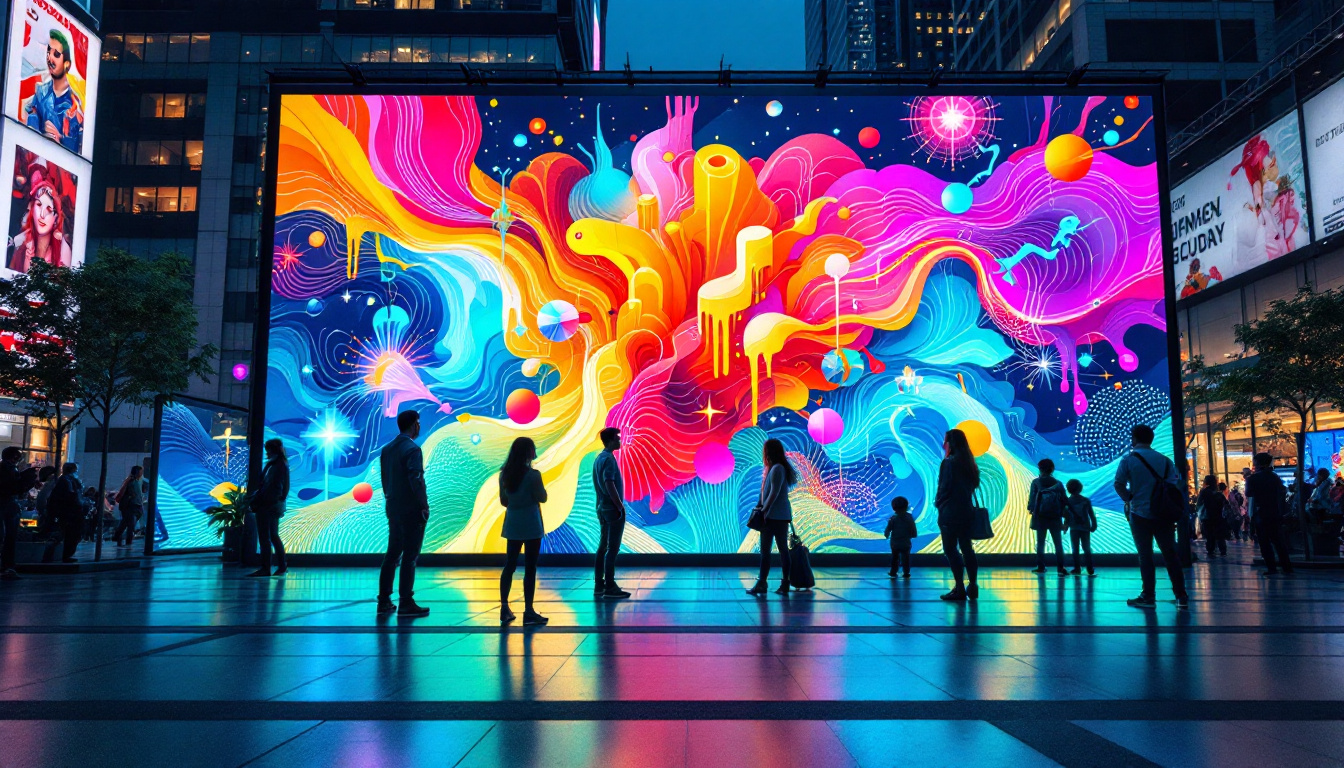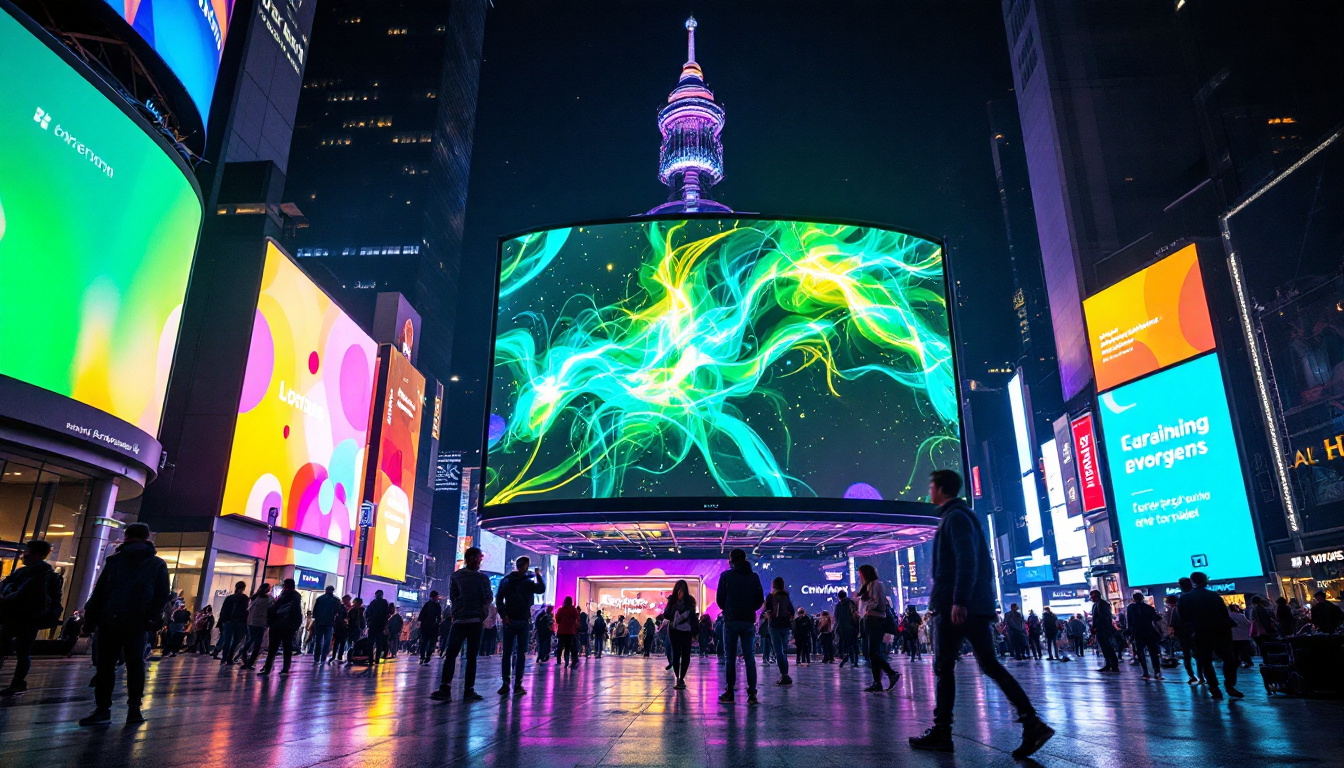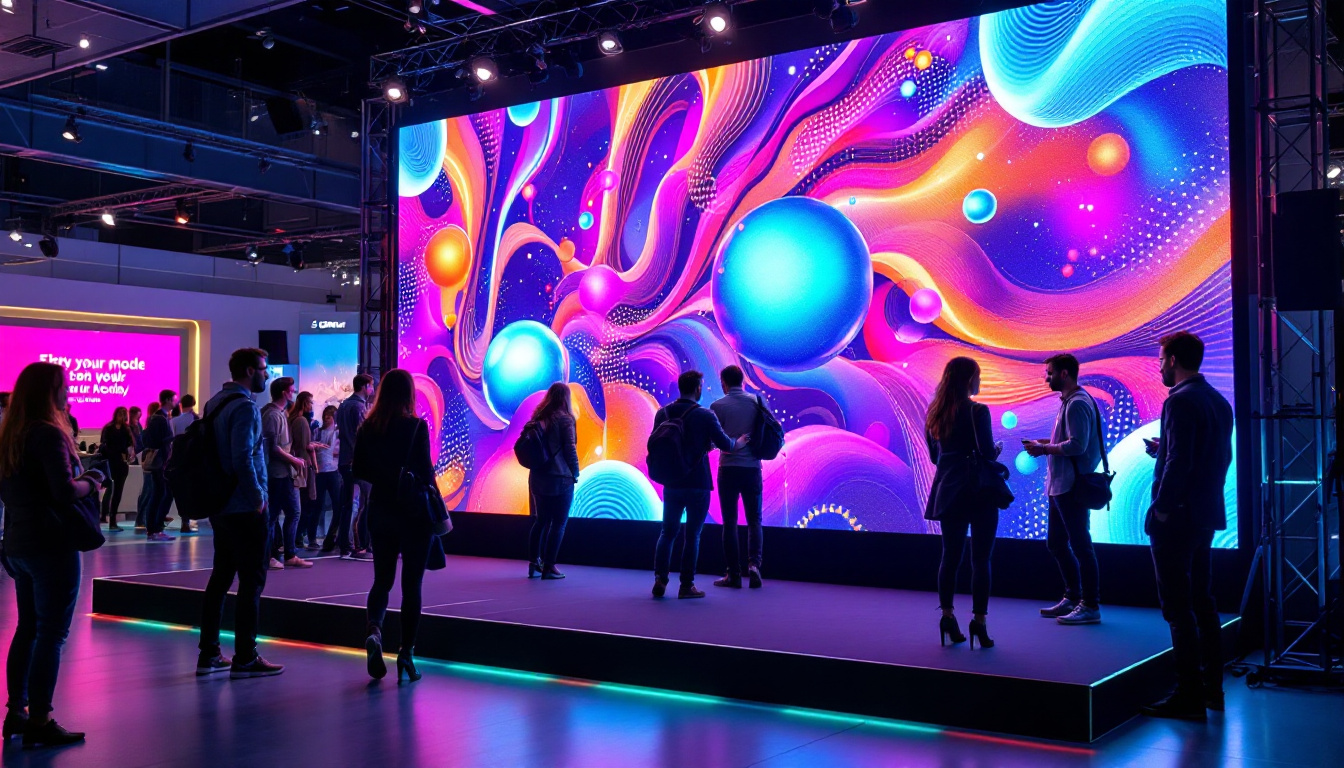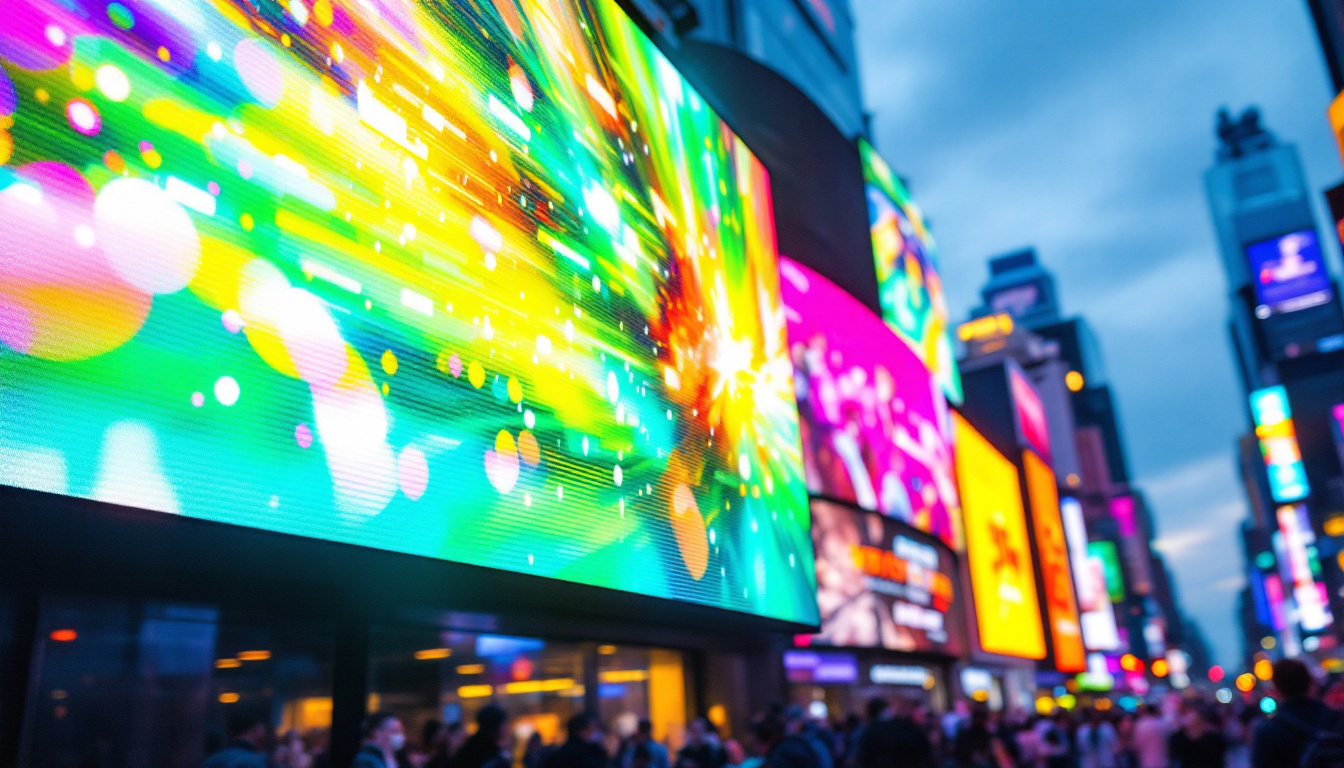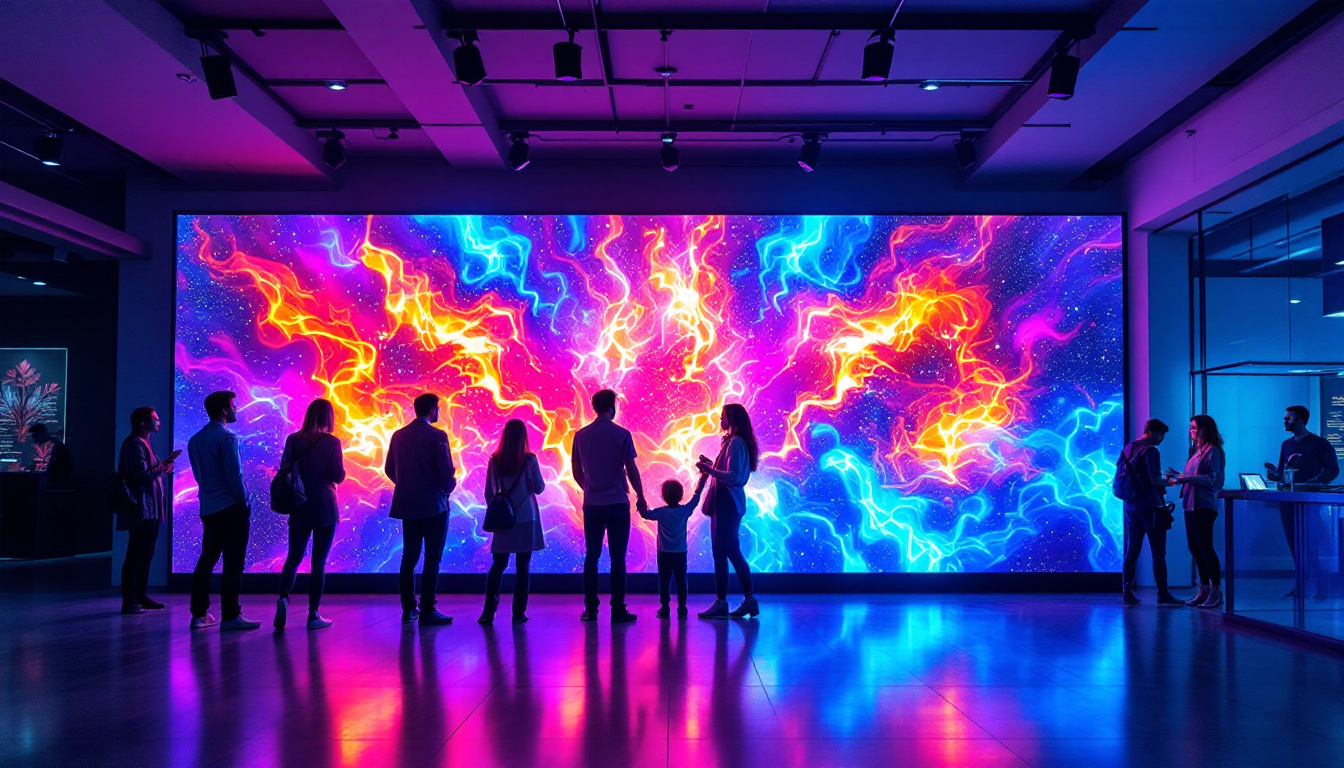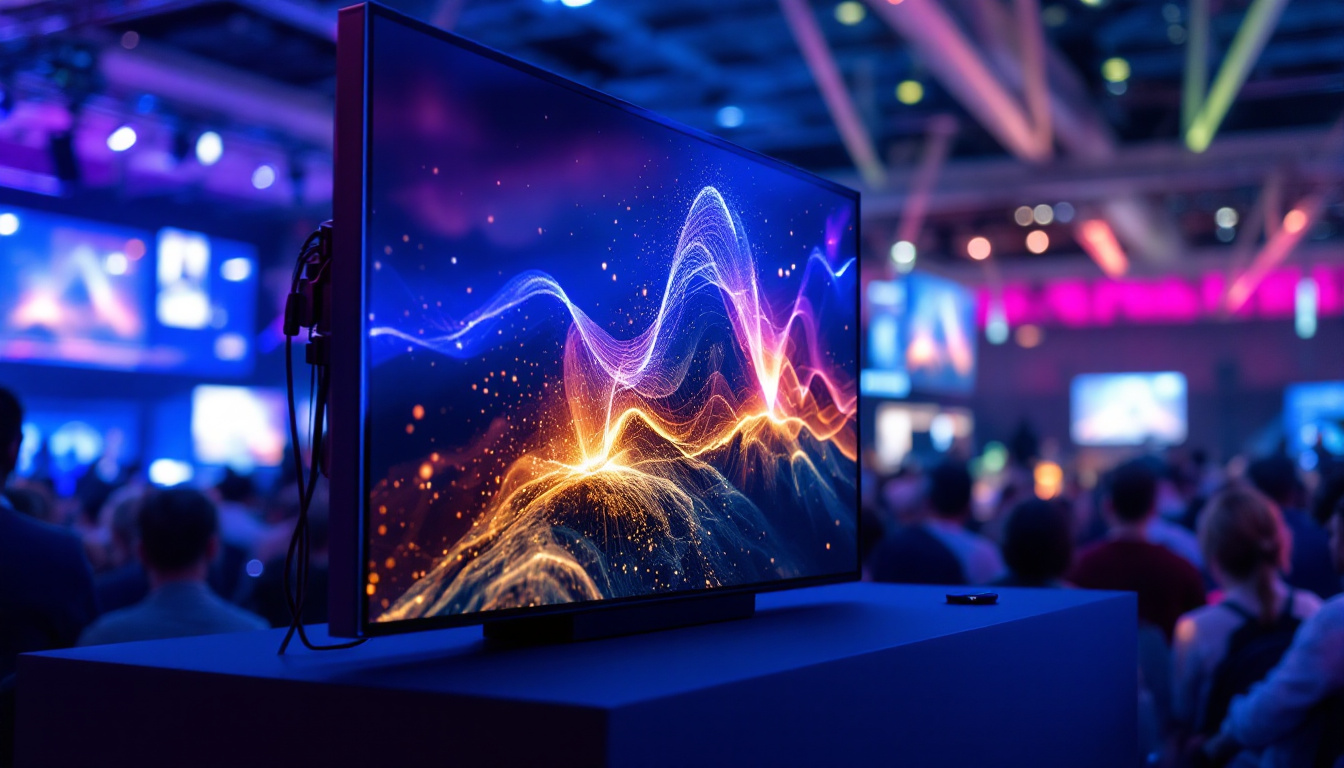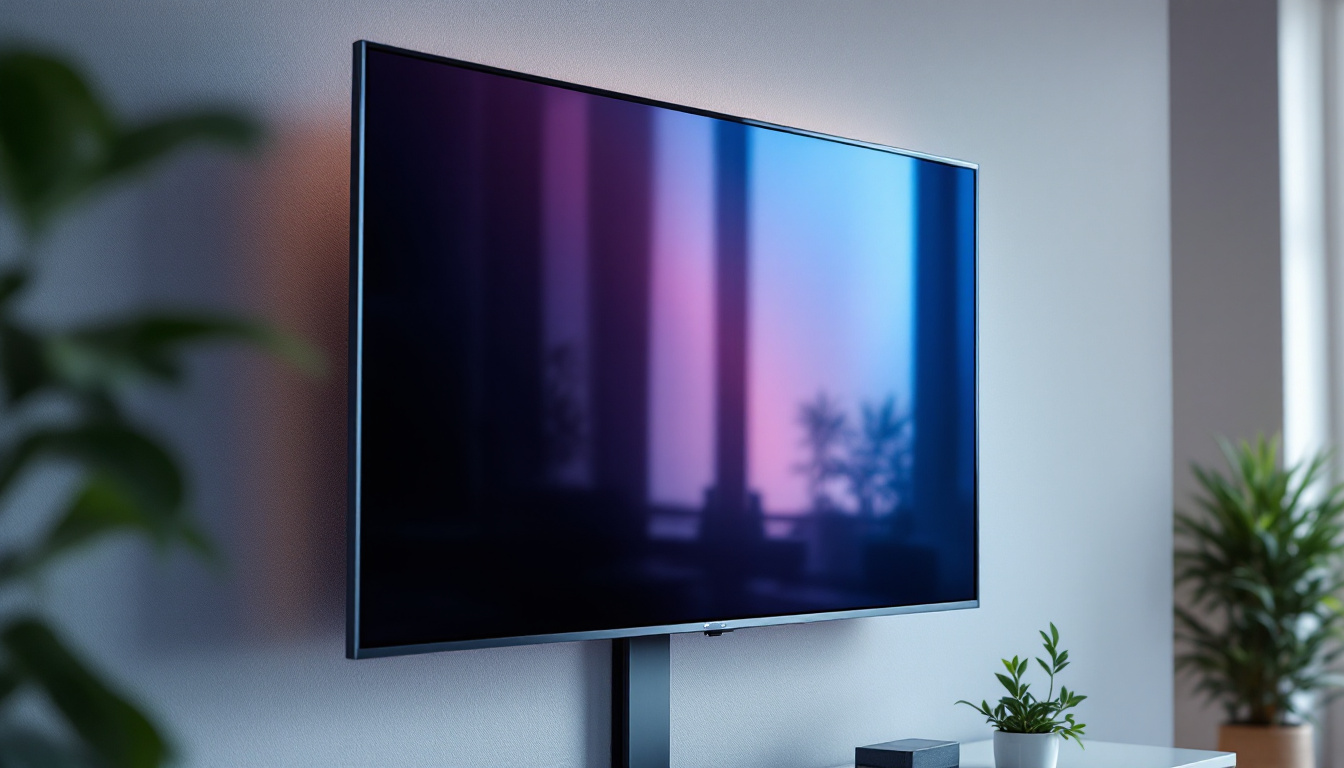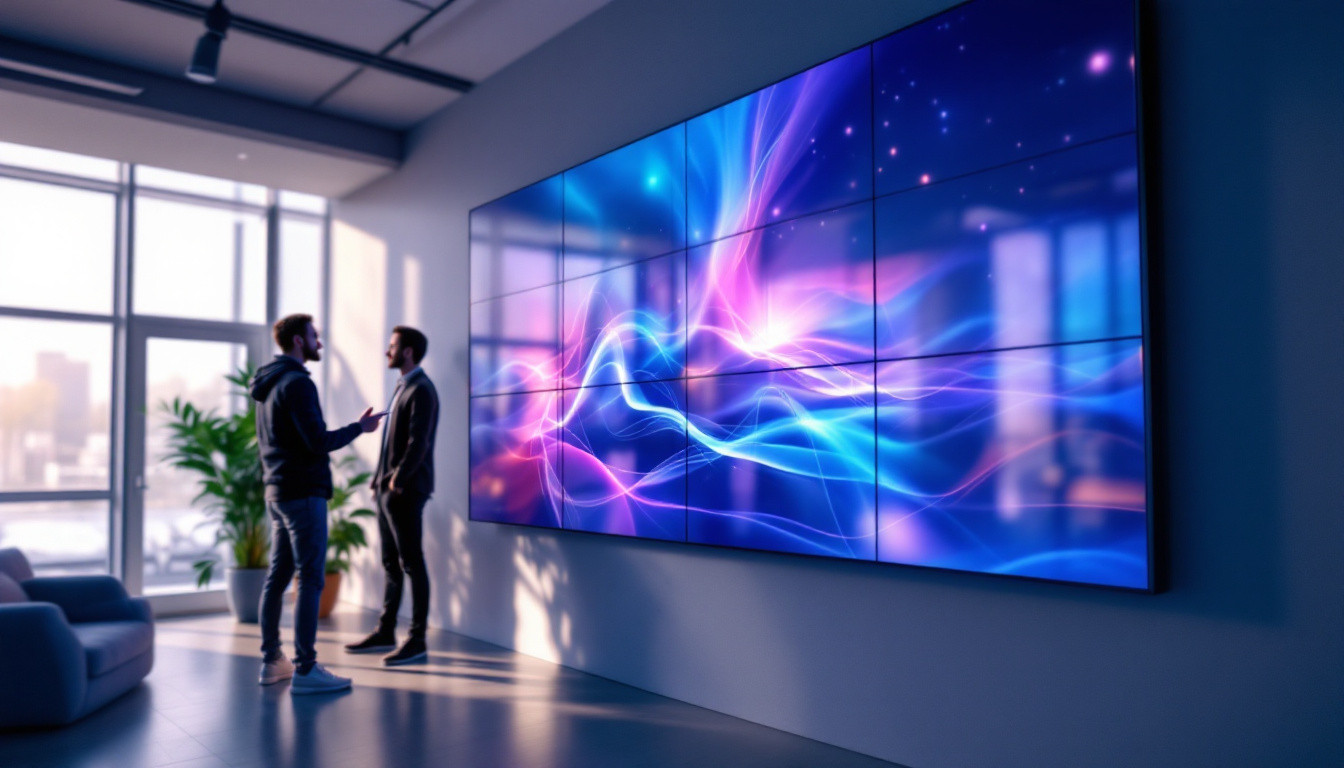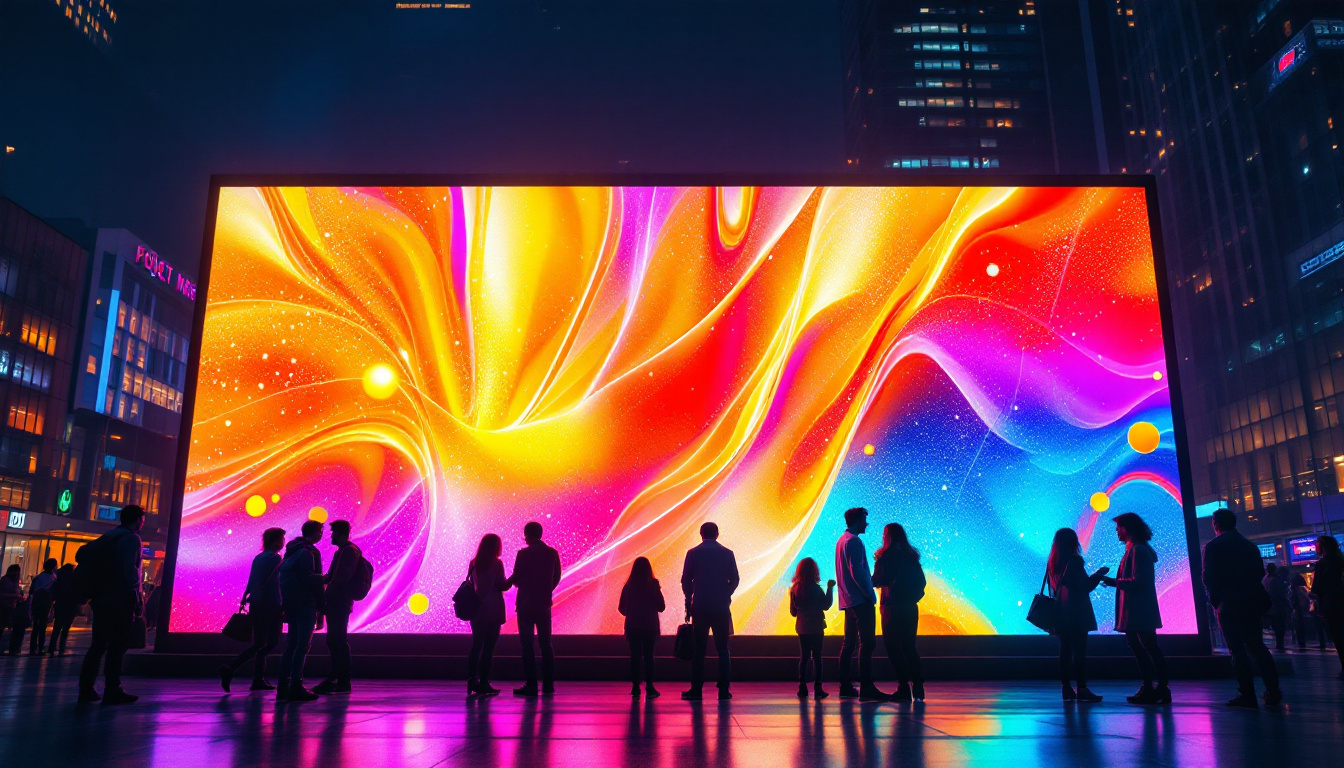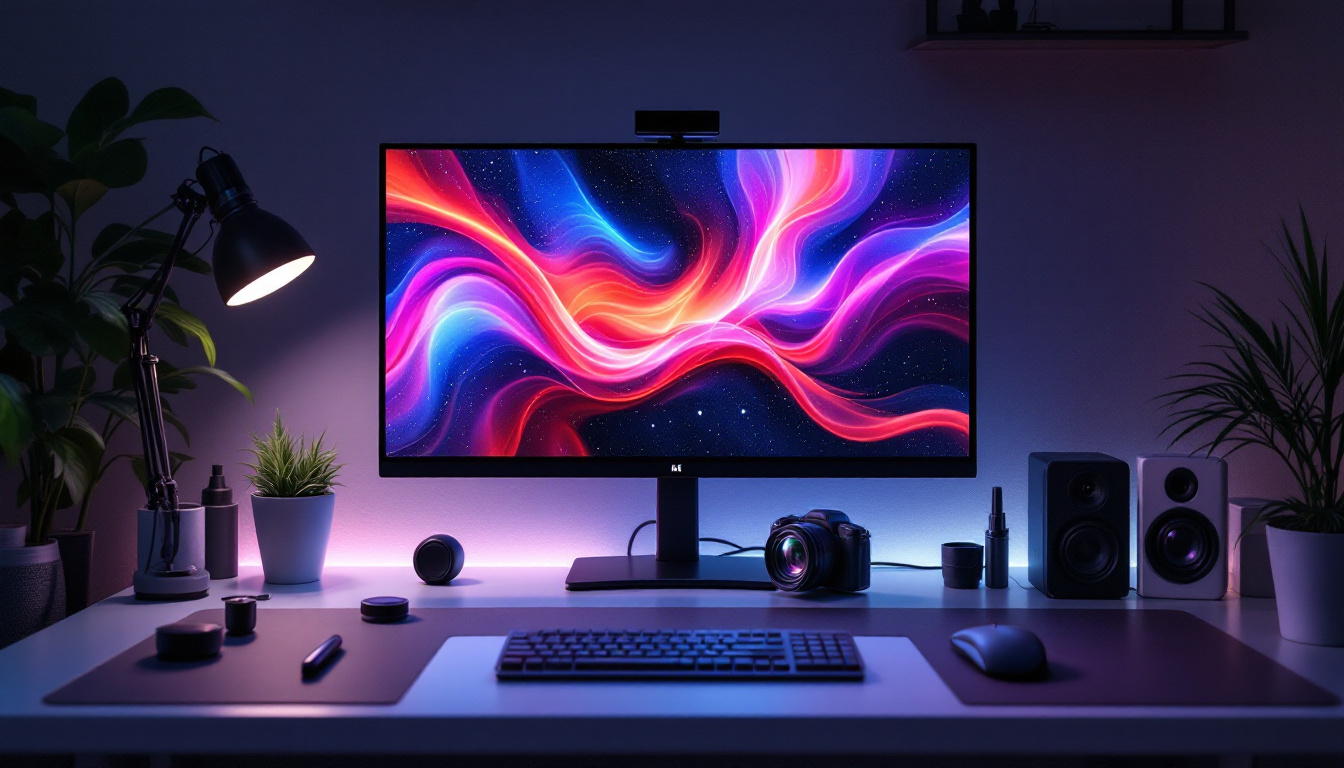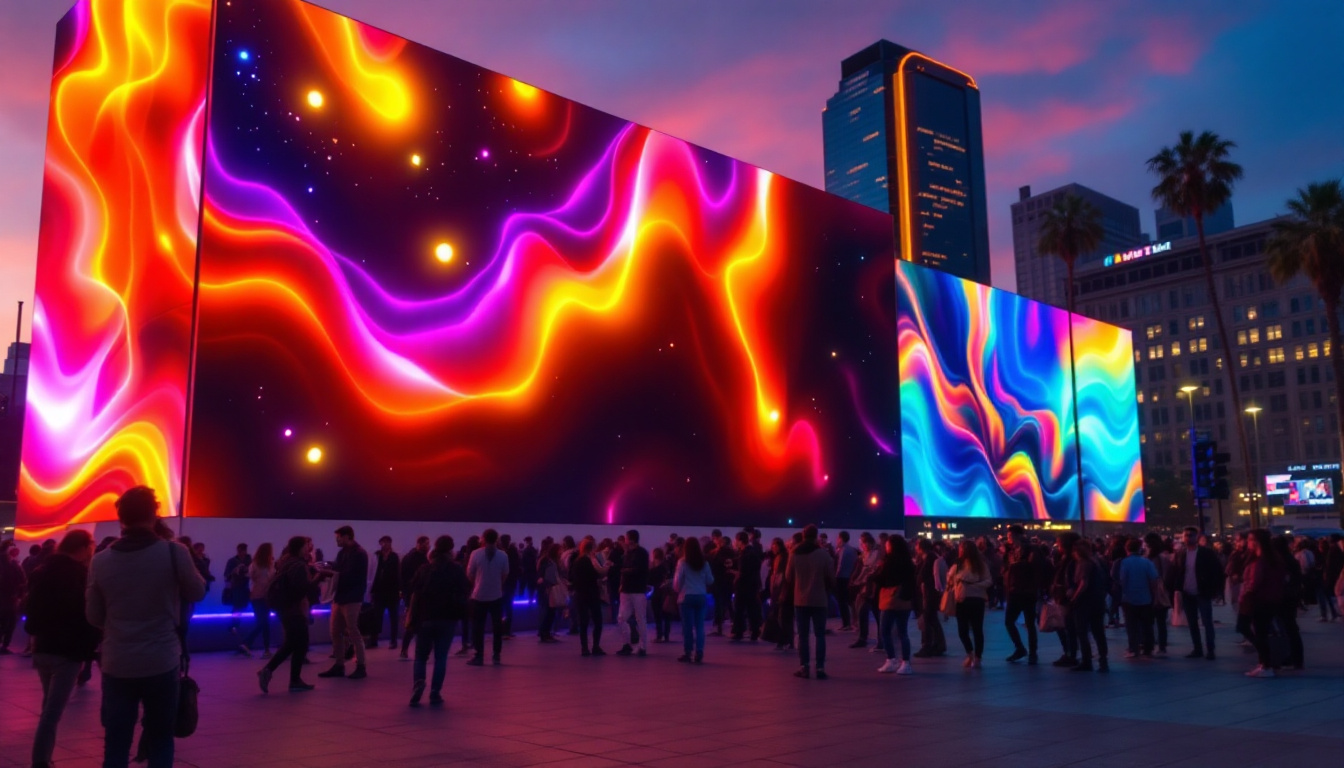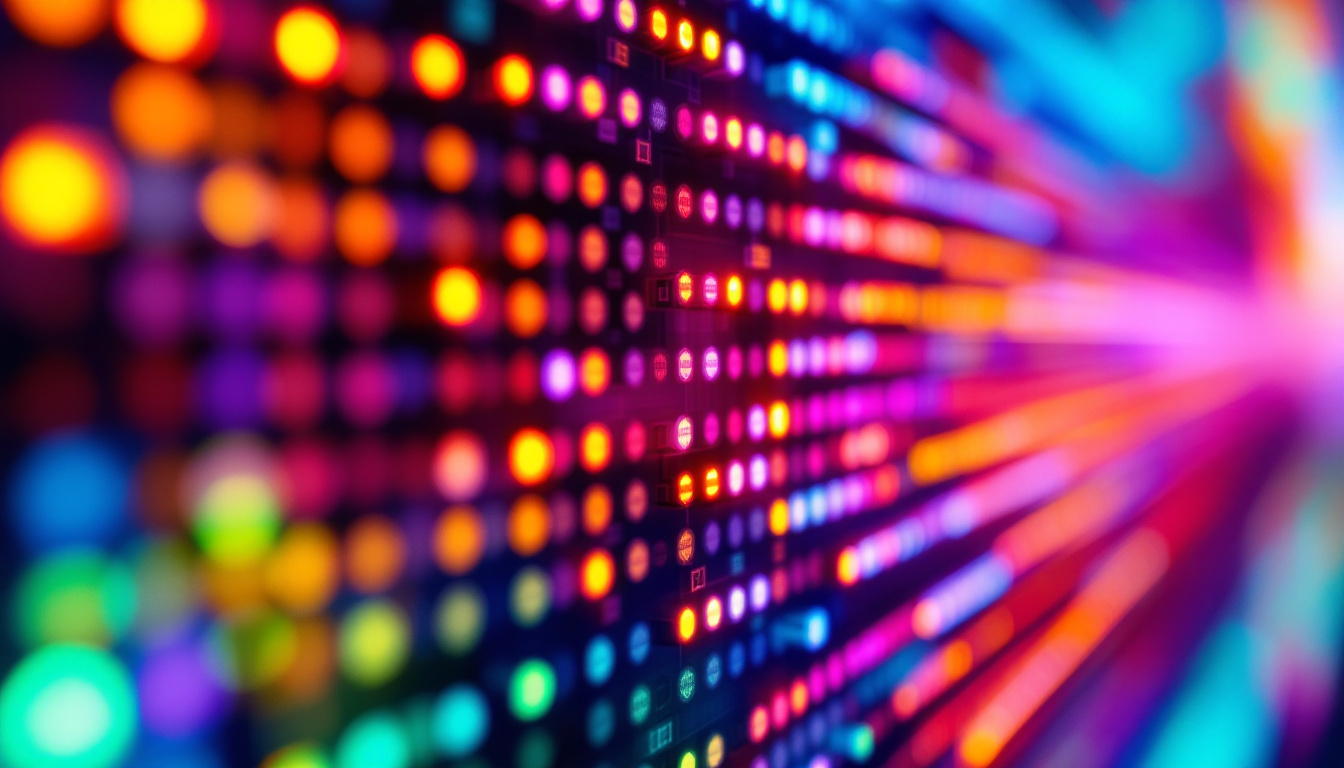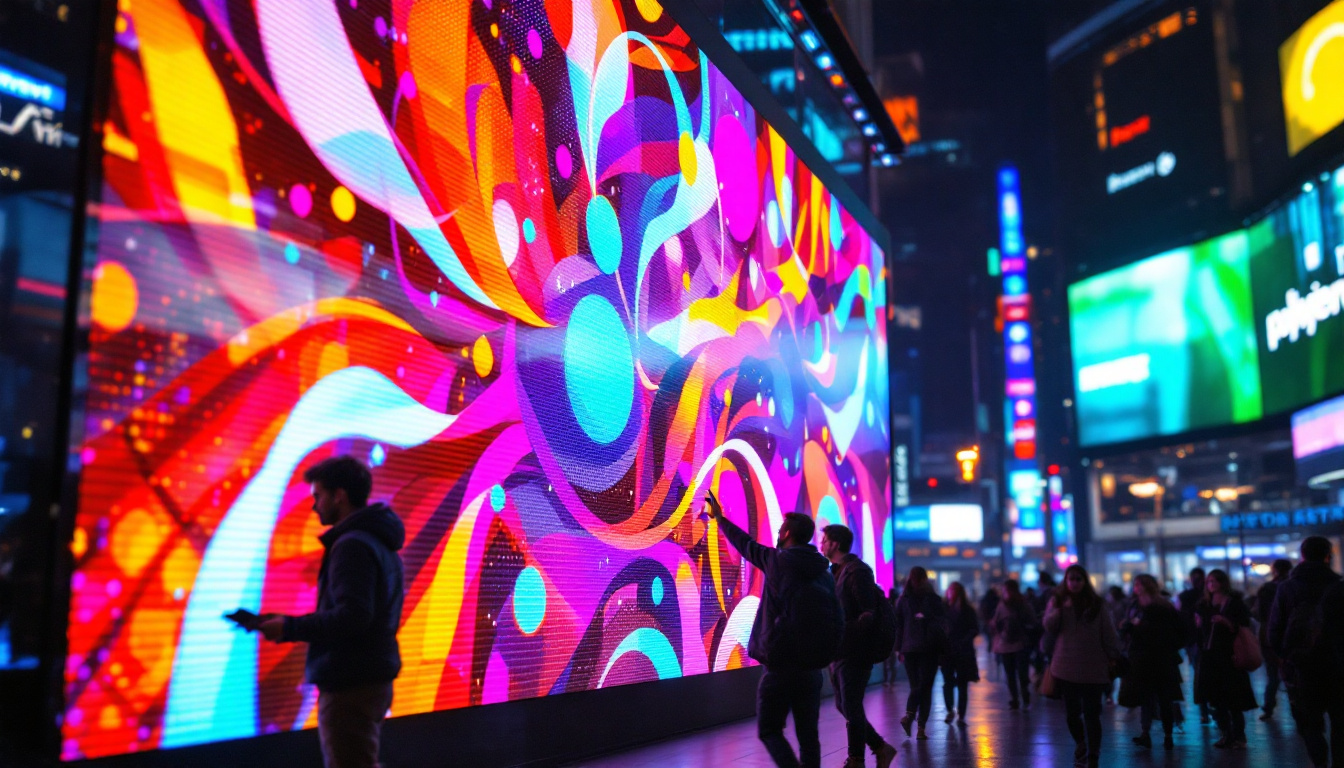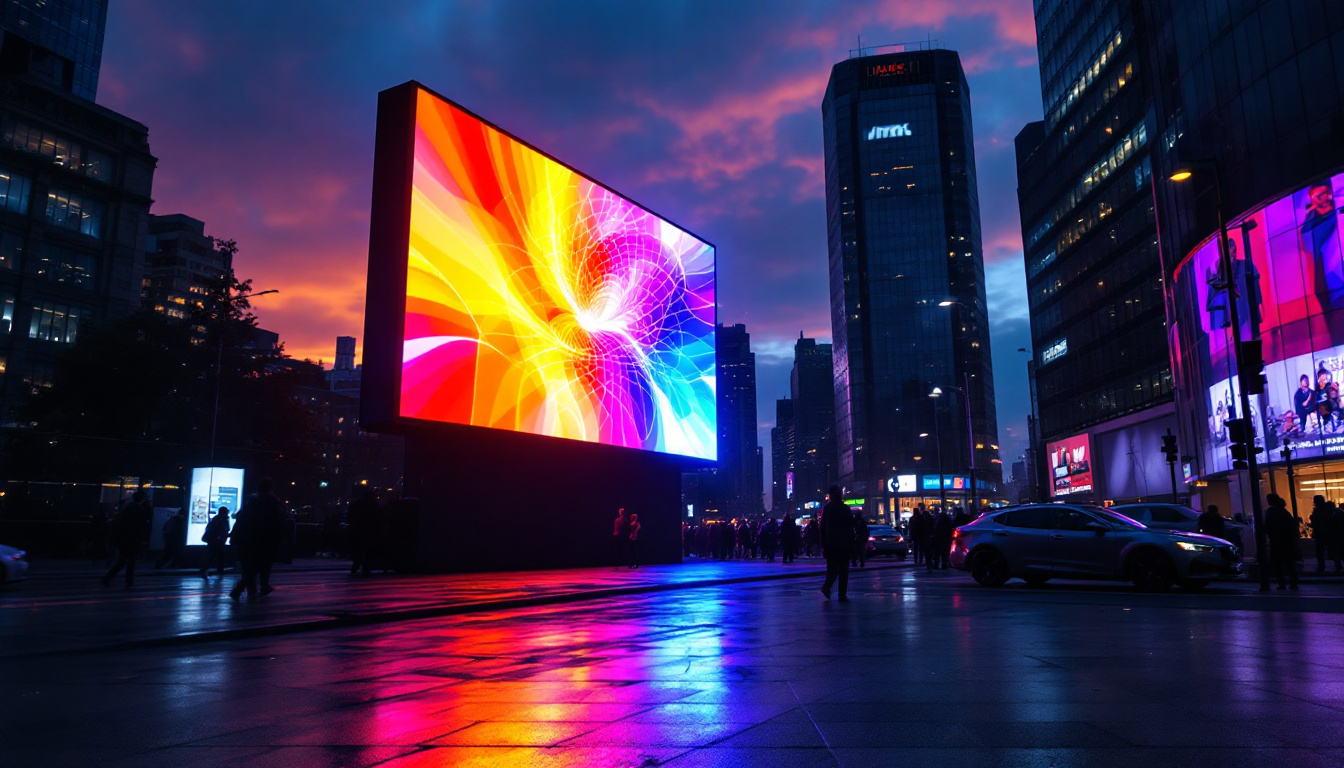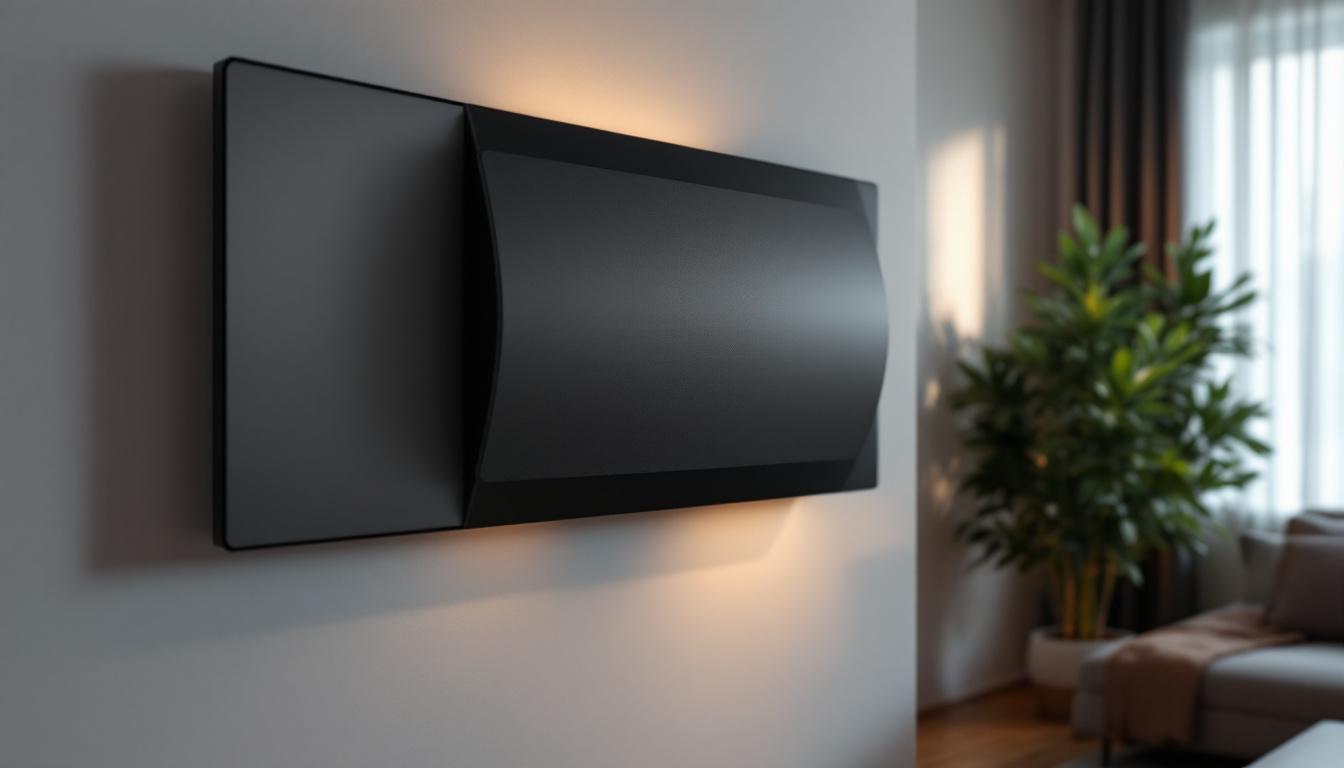In the realm of modern healthcare, the importance of accurate and reliable display technologies cannot be overstated. Among these, LED (Light Emitting Diode) displays have emerged as a leading choice for medical applications. This article delves into the intricacies of LED displays, their advantages, and their pivotal role in medical settings.
Understanding LED Technology
LED technology has revolutionized various industries, and healthcare is no exception. At its core, an LED display utilizes semiconductor technology to emit light when an electric current passes through it. This simple yet effective mechanism allows for high-quality visual output, making it ideal for medical applications. The precision and reliability of LED technology have made it a cornerstone in modern medical equipment, enabling healthcare professionals to make informed decisions quickly and accurately.
The Basics of LED Displays
LED displays consist of numerous small diodes that collectively create images and text. Each diode emits light in different colors, which can be combined to produce a full spectrum of hues. The arrangement and density of these diodes determine the display’s resolution and clarity. With advancements in technology, manufacturers are now able to produce displays with higher pixel densities, resulting in sharper images that are crucial for detailed medical imaging and diagnostics.
One of the key features of LED displays is their ability to provide high brightness levels while consuming less power compared to traditional display technologies. This efficiency is particularly beneficial in medical environments where devices often operate continuously. Additionally, the longevity of LED lights means that healthcare facilities can reduce maintenance costs and minimize downtime, ensuring that critical equipment is always operational when needed.
Types of LED Displays in Medical Use
There are several types of LED displays commonly utilized in medical settings, each serving unique purposes:
- Monitors: Used for real-time patient monitoring, displaying vital signs, and imaging.
- Signage: Informational displays that provide directions, health tips, or emergency information.
- Backlit Displays: Found in various medical devices, enhancing visibility in low-light conditions.
In addition to these common applications, LED technology is increasingly being integrated into surgical lighting systems. These specialized lights provide optimal illumination during procedures, ensuring that surgeons can see intricate details without shadows or glare. Furthermore, the color temperature of LED surgical lights can be adjusted to enhance visibility of different tissues, aiding in precision and safety during operations. As LED technology continues to evolve, we can expect even more innovative applications that will further enhance the quality of care in healthcare settings.
Another exciting development is the use of LED displays in telemedicine. As remote consultations become more prevalent, high-quality displays are essential for clear communication between patients and healthcare providers. LED screens facilitate better visual interaction, allowing for more accurate assessments and fostering a sense of connection despite physical distance. This integration of LED technology not only improves patient experience but also expands access to healthcare services, particularly in underserved areas.
Advantages of LED Displays in Healthcare
LED displays offer numerous advantages that make them particularly suitable for medical applications. These benefits range from improved visibility to enhanced durability, contributing to their widespread adoption in healthcare facilities.
High Visibility and Clarity
One of the most significant advantages of LED displays is their high visibility. With bright, vibrant colors and sharp contrast, LED screens ensure that critical information is easily readable, even from a distance. This is crucial in emergency situations where quick decision-making is essential.
Moreover, LED displays maintain their clarity in various lighting conditions. Whether in a dimly lit examination room or a brightly illuminated operating theater, these displays provide consistent performance, reducing the risk of misinterpretation of vital data. The ability to adjust brightness levels automatically based on ambient light further enhances their functionality, ensuring that healthcare professionals can rely on them in any environment.
Energy Efficiency and Longevity
Energy efficiency is another compelling reason for the adoption of LED technology in healthcare. LED displays consume significantly less power than traditional display technologies, which translates to reduced operational costs for medical facilities. This is particularly relevant for hospitals that run multiple displays simultaneously.
Additionally, LED displays boast a longer lifespan, often exceeding 50,000 hours of usage. This longevity minimizes the need for frequent replacements, further contributing to cost savings and reducing waste in healthcare settings. The durability of LED technology also means that these displays are less prone to damage, making them an ideal choice for high-traffic areas within hospitals and clinics.
Enhanced Patient Experience
Incorporating LED displays into patient care areas can significantly enhance the overall patient experience. For instance, digital signage can provide patients with real-time information about wait times, directions, and health tips. This not only keeps patients informed but also helps alleviate anxiety during their visits.
Furthermore, LED displays can be used for educational purposes, showcasing health-related videos and information that empower patients to take an active role in their health management. Interactive displays can also engage patients in their treatment plans, allowing them to access personalized information and resources tailored to their specific conditions. This level of engagement fosters a sense of ownership over their health, ultimately leading to better outcomes and satisfaction with their care experience.
In addition to patient education, LED displays can enhance communication among healthcare staff. By displaying real-time updates on patient status or departmental announcements, these screens streamline workflows and ensure that everyone is on the same page. This improved communication can lead to more efficient operations and better coordination of care, which is essential in fast-paced healthcare environments.
Applications of LED Displays in Medical Settings
The versatility of LED displays allows for a wide range of applications within healthcare. From patient monitoring to information dissemination, these displays play an integral role in various aspects of medical practice.
Patient Monitoring Systems
In critical care environments, LED displays are often used in patient monitoring systems. These systems continuously track vital signs such as heart rate, blood pressure, and oxygen saturation. The real-time data is displayed prominently, enabling healthcare professionals to make informed decisions swiftly.
Moreover, the clarity and brightness of LED displays ensure that information is visible even in high-stress situations, where every second counts. This capability can be the difference between life and death in emergency medical scenarios.
Diagnostic Imaging
LED technology has also made significant strides in diagnostic imaging. High-resolution LED displays are used to present images from MRI, CT scans, and X-rays, allowing radiologists to analyze results with precision.
These displays provide accurate color representation and contrast, which are vital for identifying abnormalities and making diagnoses. The ability to zoom in on images without losing clarity further enhances the diagnostic process.
Digital Signage in Healthcare Facilities
Digital signage powered by LED displays is increasingly being utilized in healthcare facilities for various purposes. From wayfinding systems that guide patients through complex hospital layouts to informational displays that promote health awareness, the applications are diverse.
These displays can be updated in real-time, allowing healthcare facilities to communicate important messages swiftly. For example, during a health crisis, hospitals can provide immediate updates on protocols or safety measures, ensuring that both staff and patients are well-informed.
Challenges and Considerations
While LED displays offer numerous advantages, there are also challenges and considerations that healthcare facilities must address when implementing this technology.
Initial Investment Costs
The initial investment required for high-quality LED displays can be significant. Healthcare facilities must weigh the long-term benefits against the upfront costs. However, considering the energy savings and reduced maintenance expenses over time, many facilities find that the investment pays off.
Integration with Existing Systems
Another challenge is integrating LED displays with existing medical systems and technologies. Ensuring compatibility with various software and hardware can require additional resources and planning. Healthcare facilities must work closely with vendors to ensure seamless integration.
Training and Adaptation
Training staff to effectively use and maintain LED displays is crucial. Healthcare professionals must be familiar with the technology to maximize its benefits. Ongoing training and support can help staff adapt to new systems, ensuring that the technology is utilized to its fullest potential.
The Future of LED Displays in Healthcare
The future of LED displays in healthcare looks promising, with ongoing advancements in technology and applications. As the healthcare landscape continues to evolve, LED displays are expected to play an increasingly vital role.
Advancements in Display Technology
Future developments in LED technology may lead to even higher resolutions, improved color accuracy, and enhanced interactivity. Innovations such as flexible displays and augmented reality integration could transform how medical information is presented and interacted with.
Telemedicine and Remote Monitoring
With the rise of telemedicine, LED displays will likely become integral in remote patient monitoring. High-quality displays can facilitate virtual consultations, allowing healthcare providers to assess patients effectively from a distance.
This shift towards digital healthcare solutions emphasizes the need for reliable and clear displays, making LED technology an essential component of future medical practices.
Enhanced Patient Engagement
As patient engagement becomes a focal point in healthcare, LED displays will play a crucial role in fostering communication between patients and providers. Interactive displays that provide personalized health information and educational content can empower patients to take charge of their health.
By leveraging LED technology, healthcare facilities can create a more informed and engaged patient population, ultimately leading to better health outcomes.
Conclusion
LED displays have become an indispensable part of modern healthcare, offering numerous advantages that enhance patient care and operational efficiency. From high visibility and energy efficiency to diverse applications in patient monitoring and digital signage, the benefits are clear.
As technology continues to advance, the role of LED displays in healthcare is expected to expand further. By addressing challenges and embracing innovation, healthcare facilities can harness the full potential of LED technology to improve patient experiences and outcomes.
In conclusion, LED displays represent not just a technological advancement, but a transformative tool that can redefine how healthcare is delivered and experienced. The future is bright, and it is illuminated by LED technology.
Explore Cutting-Edge LED Display Solutions with LumenMatrix
As you consider the transformative impact of LED technology in healthcare, LumenMatrix invites you to discover our innovative LED display modules. Our commitment to enhancing visual communication extends through a wide array of solutions, including Indoor and Outdoor LED Wall Displays, Vehicle LED Displays, LED Poster Displays, and more. Each product is designed to captivate and engage, ensuring your message resonates with clarity and impact. Check out LumenMatrix LED Display Solutions today and take the first step towards revolutionizing your healthcare facility’s visual experience.

